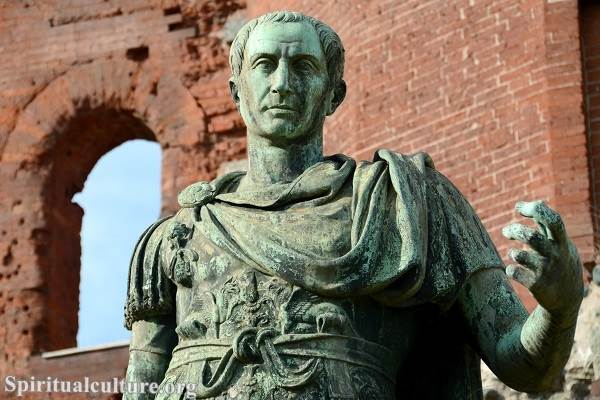Over 2,000 years have passed since the demise of the Egyptian queen Cleopatra in 30 BCE, yet she remains a captivating figure in popular imagination.
Despite her brilliance and charm, mass media often portrays Cleopatra as a seductive proto-femme fatale. However, the question arises: do Halloween costumes and Hollywood glamour offer accurate depictions of her, and what did she truly look like?
Many contemporary historians, influenced by expert Sarah B. Pomeroy on women in the ancient world, argue that Cleopatra’s looks were secondary to her intelligence, learning, foresight, and strategic skills. The portrayal of her as a sultry seductress may have originated from Octavian’s narrative to justify his conflict with fellow Roman Marc Antony, portraying Cleopatra as a manipulative foreign temptress. This depiction conveniently downplayed her competence as a ruler.
Although Roman historian Dio Cassius described Cleopatra as remarkably beautiful, modern historians have varied opinions on her physical attractiveness. Greek biographer Plutarch acknowledged her charm, sweet voice, persuasiveness, and stimulating presence, even if her beauty was not incomparable.
Limited artifacts offer insights into Cleopatra’s appearance. The Berlin Cleopatra, a marble bust from the 1st century BCE, depicts her with a royal diadem, ringlets of curly hair, and almond-shaped eyes. Another bust from the Appian Way displays a similar hairstyle, with soft features and full lips, highlighting her intelligence and charm.
Contemporary coins, believed to provide accurate representations, feature Cleopatra with an aquiline nose, varying in prominence. In some depictions, her features are soft, resembling marble busts, while others show a more masculine appearance, especially on coins minted by Marc Antony.
In Hollywood, Cleopatra has been portrayed by stunning actresses such as Elizabeth Taylor, Theda Bara, Claudette Colbert, and Vivian Leigh. The obsession with Cleopatra’s beauty traces back to literature and drama, with Shakespeare’s Antony and Cleopatra and H. Rider Haggard’s novel Cleopatra contributing to her iconic image.
Rather than fixating on Cleopatra’s physical beauty, new media depictions should emphasize her charm, charisma, and brilliance, steering away from the contentious question of her attractiveness and focusing on her significant qualities as a historical figure.




